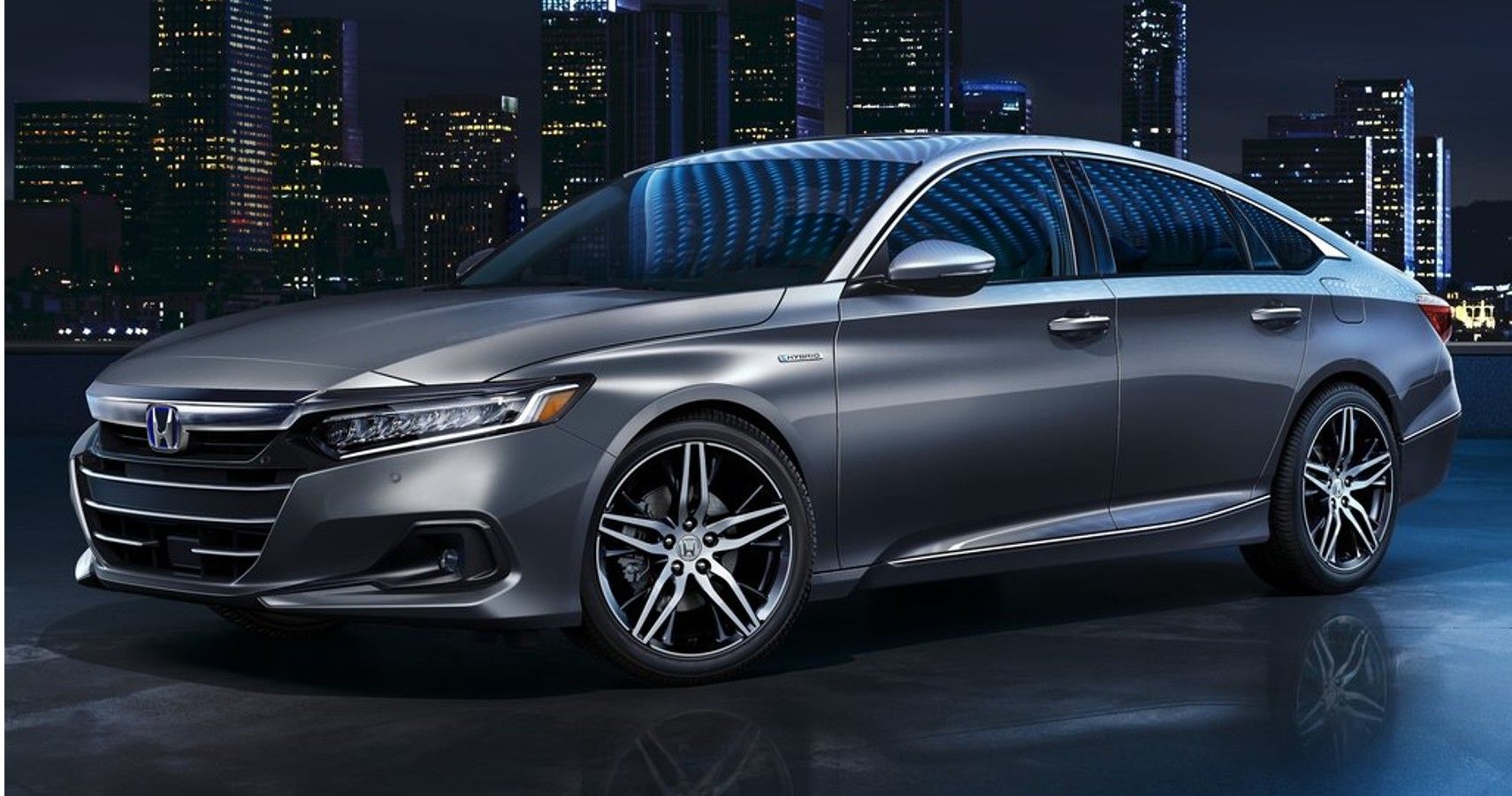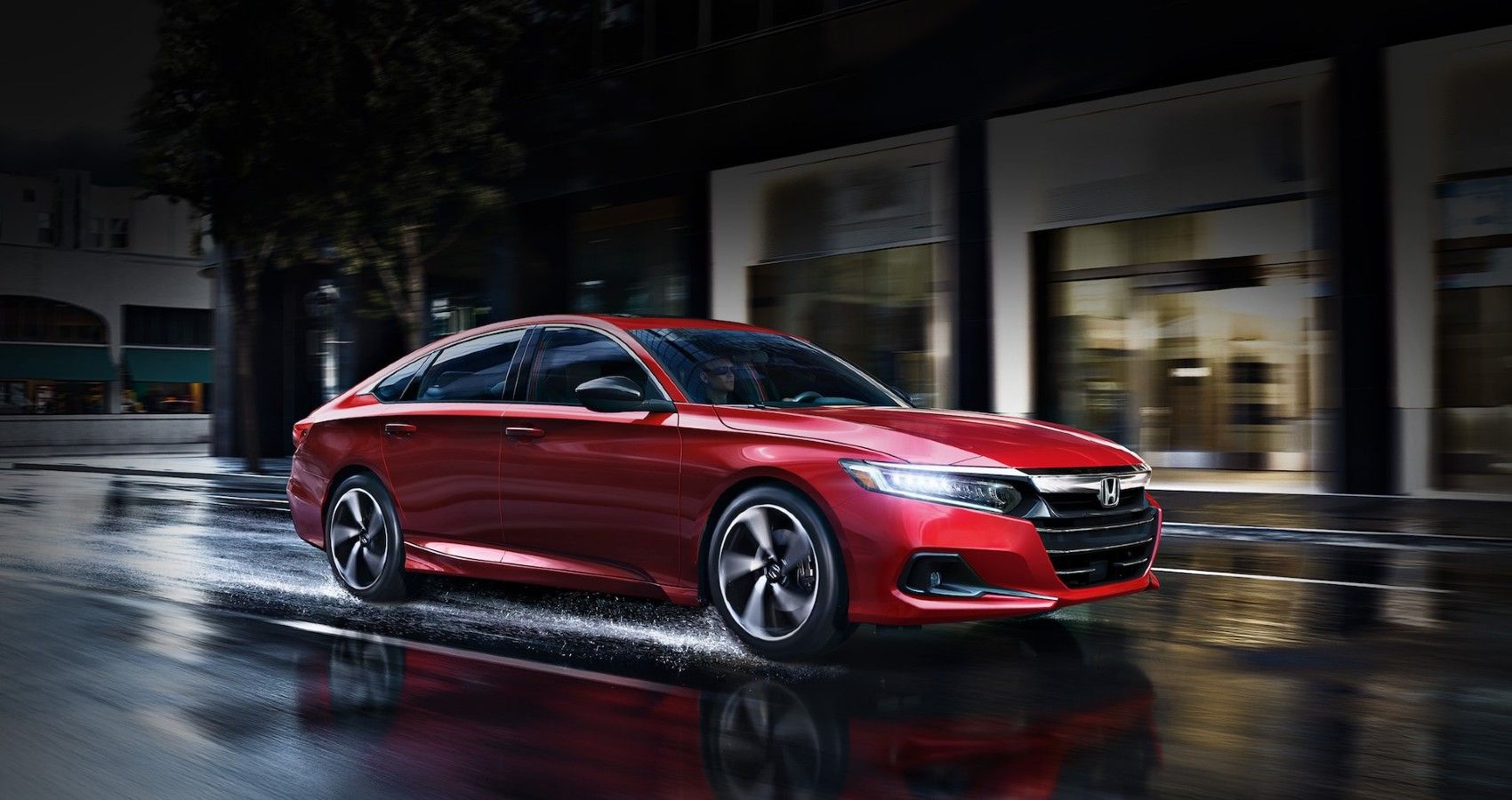You probably know it by now – the market for used cars is on fire. But after two years of a red-hot market, prices are finally coming down for some models. Although, other popular vehicles are still over-performing and selling well above their regular price.
Take, for example, the Honda Accord. This vehicle is becoming too expensive for regular people. An analysis by iSeeCars.com highlights that used car affordability has declined 26.7 percent from August 2019 to August 2022, while some vehicles that were affordable prior to the pandemic (in 2019), like the Honda Accord, Honda CR-V, Subaru Forester, Toyota Camry are no longer affordable for the average middle-class consumer.
“Used cars were affordable in 2019, but affordability began dropping after the beginning of the pandemic lockdowns, around March of 2020. The drop in affordability accelerated in 2021,” said iSeeCars Executive Analyst Karl Brauer. “This coincides with higher used car prices and the lack of used car inventory due to the decrease in new vehicle production, which ultimately led to used car shoppers paying more for their desired vehicles.”
The analysis also highlights that the used Honda Accord has seen price increases in multiple states. And in Indiana, Kansas, Missouri, Nebraska, Oklahoma, South Carolina, South Dakota, and Tennessee, the Accord had a significant percentage drop in affordability. So, here’s why used Honda Accord prices have increased in multiple states.
Inflation Is Killing The Used Car Market
The word “inflation” has come to define the past two years. And every day we read in magazines and newspapers that consumers have concerns about inflation and surging prices for consumer goods. A recent survey conducted by The Harris Poll on behalf of Alpha Foods showed that roughly 90 percent of American consumers worry about food prices. A different poll by the American Psychological Association highlighted that over 80 percent of interviewees considered inflation as a significant source of stress for them.
Unfortunately, inflation has even affected the auto industry, but the problem will persist until car manufacturers will restore production, stabilize the entire supply chain, and find a solution to the chip shortage. In this complex environment, buyers flock to the used car market because the situation compels them to put off buying new vehicles because they can no longer afford them. Naturally, the strong demand and low supply drive up the cost of secondhand cars even further.
As for Honda, the automaker had to raise the prices of its vehicles this year because operating, labor and material costs have also increased. For instance, in January, the starting price for a new Honda Accord increased by $650 from $26,485 to $27,135, according to Cars Direct.
The Honda Hype Is Still Going Strong
Honda has a strong brand reputation. In 2020, Kelley Blue Book has named Honda one of the Best Value Brands for five consecutive years. Meanwhile, the Honda Accord has received high marks for reliability and affordability, and seen as an excellent city car. And if that wasn’t enough, U.S. News, ranked the 2022 Honda Accord as first in the midsize car class. The vehicle is the winner of U.S. News' 2022 Best Midsize Car for the Money award and the winner of the 2022 Best Midsize Car for Families award. Plus, the Accord received a score of 9.9 out of 10 for safety, which is pretty remarkable. Without a doubt, the impeccable reputation of the Japanese automaker for creating safe and reliable cars has helped Honda build hype for its vehicles.
The Supply Chain Issues Persist
In 2020, Honda sold 199,458 Accord units in the United States, down from 267,567 units in 2019. In 2021, things improved slightly, but Honda still fell short of its 2019 performance. As such, it sold only 202,676 units in 2021. Thus far, Honda has sold 122,214 units in the U.S. in 2022. Evidently, the U.S. sales are not where they used to be, and that means huge losses for the automaker and its dealers. To increase margins and cover some losses, Honda had to raise the prices of its cars. But with supply chain issues persisting all the way into 2024, Honda knows that it can’t constantly raise prices, so it needs to design a new, innovative long-term strategy.
Meanwhile, the chip shortage has forced the Japanese automaker to cut down production by 40 percent at its Saitama plant in Japan and by 20 percent at a production facility in Suzuka. Evidently, this means further shipping delays, which will only irritate consumers and push them again towards used vehicles, where they will compete against other disillusioned consumers who can’t afford a new Honda or the system will force them to wait for months for their dream car.




